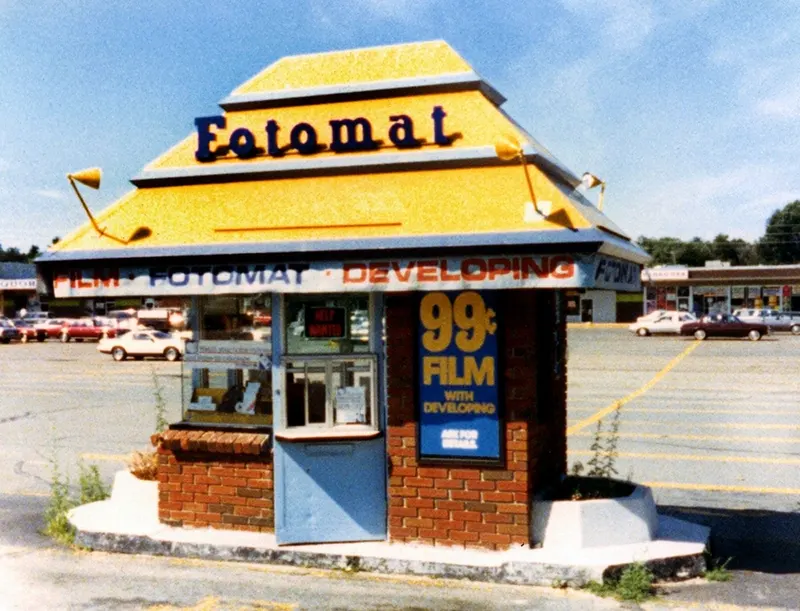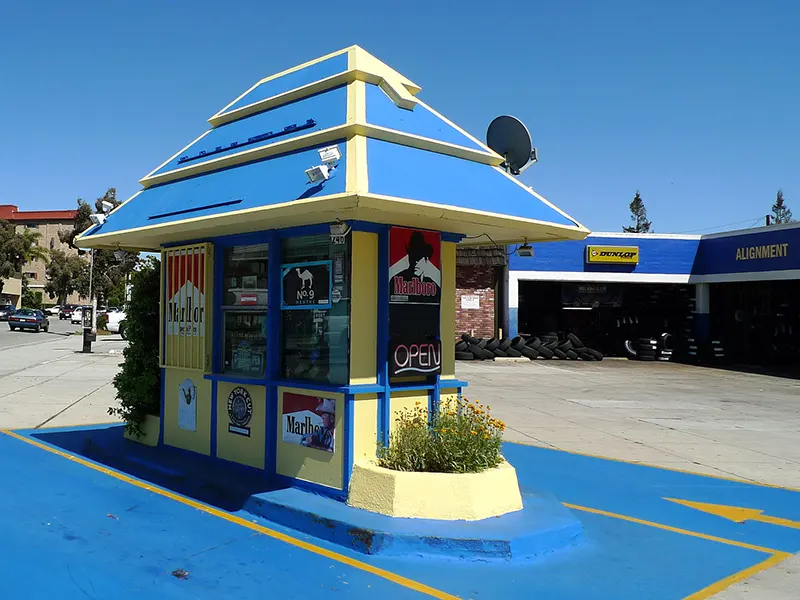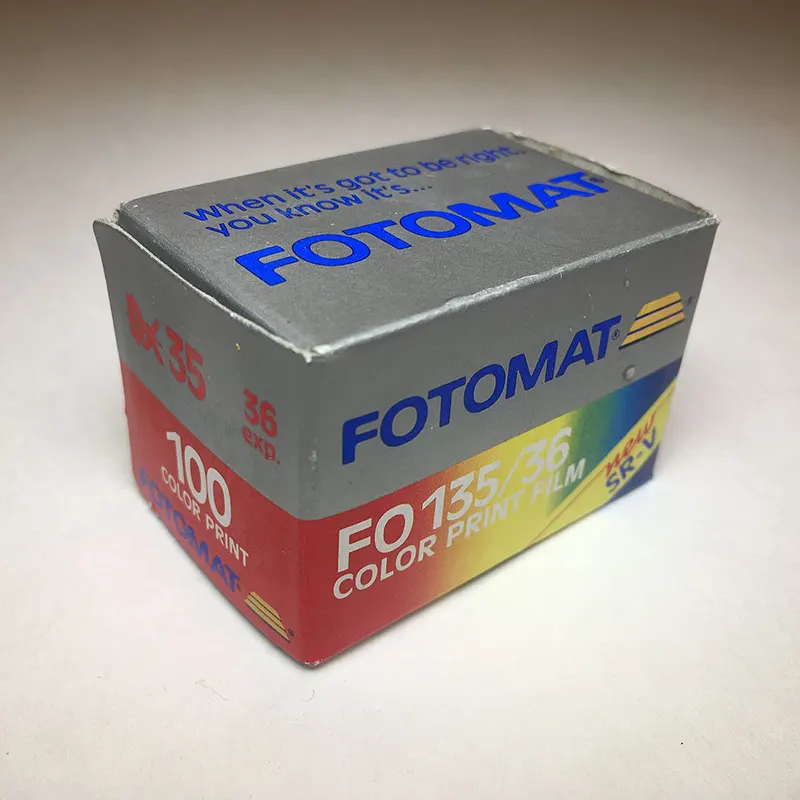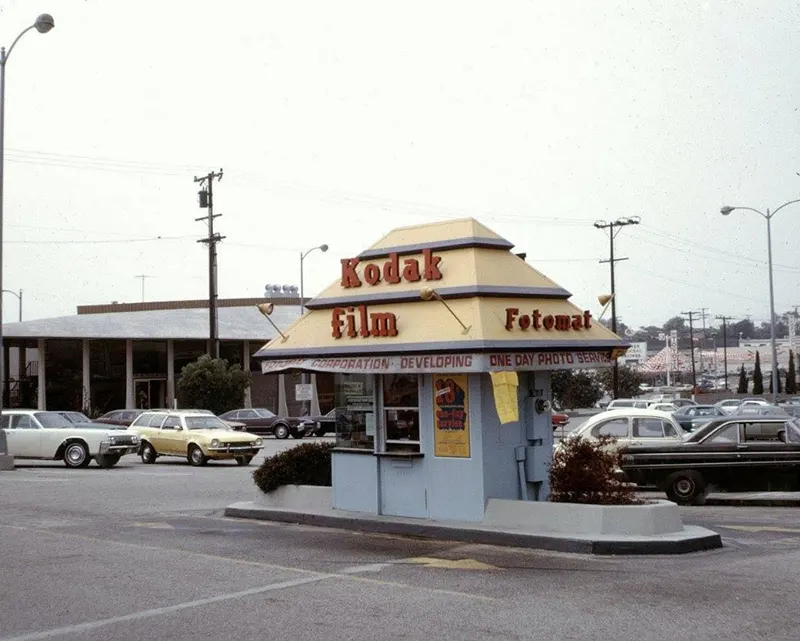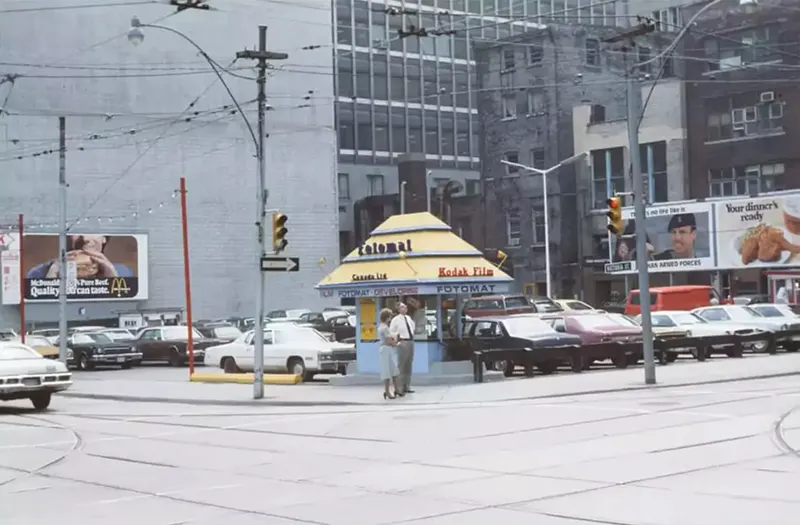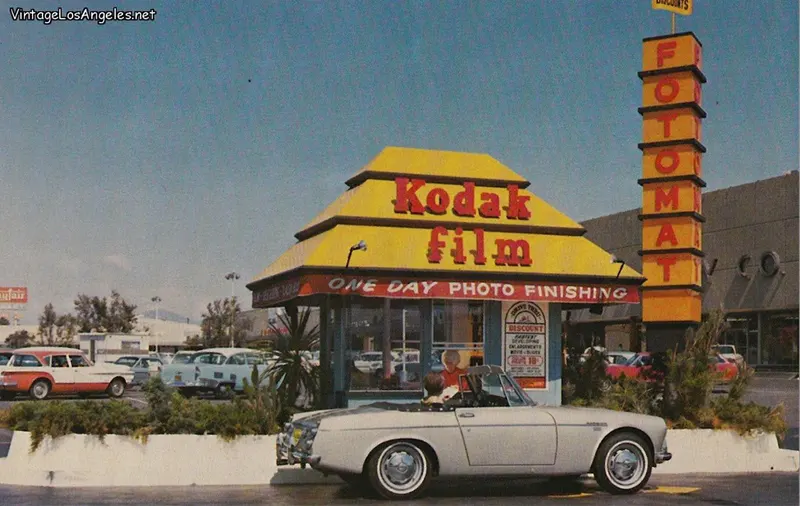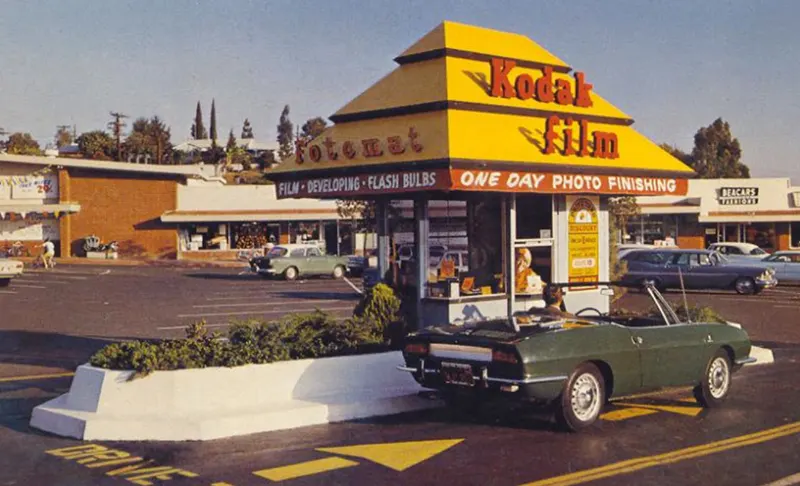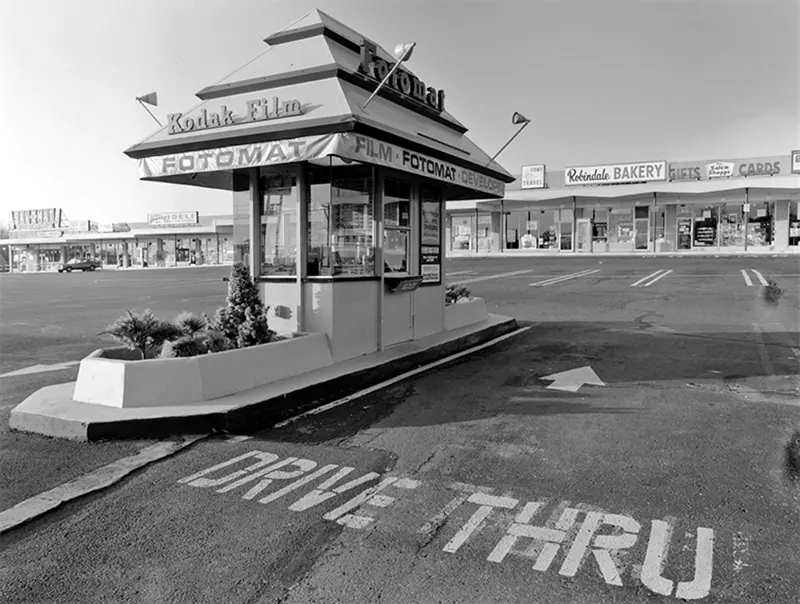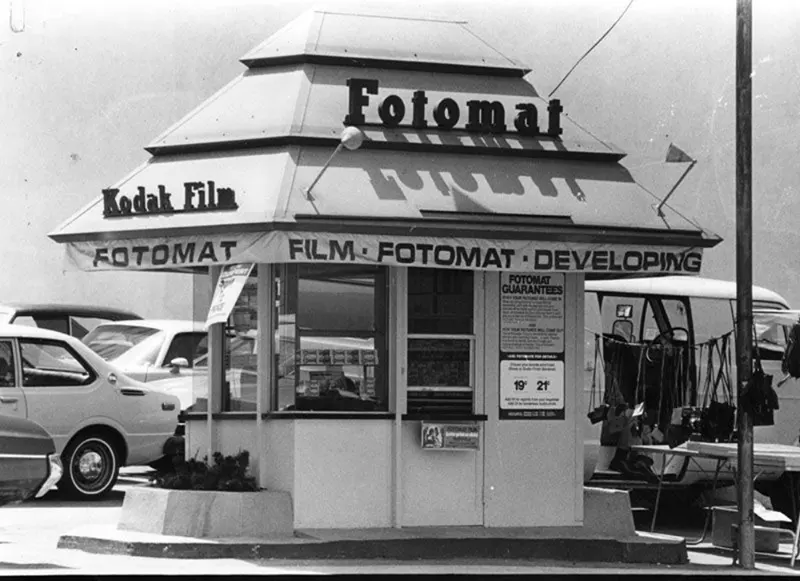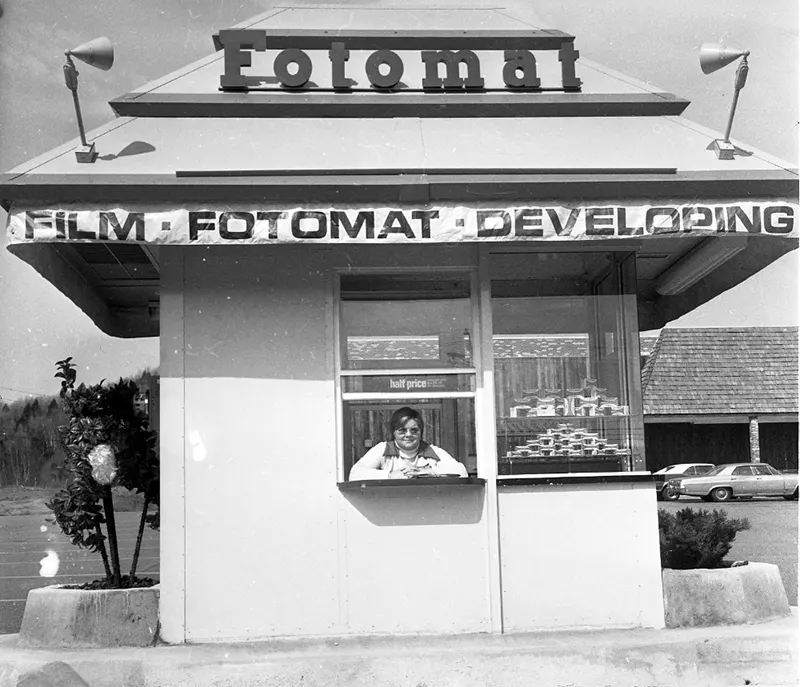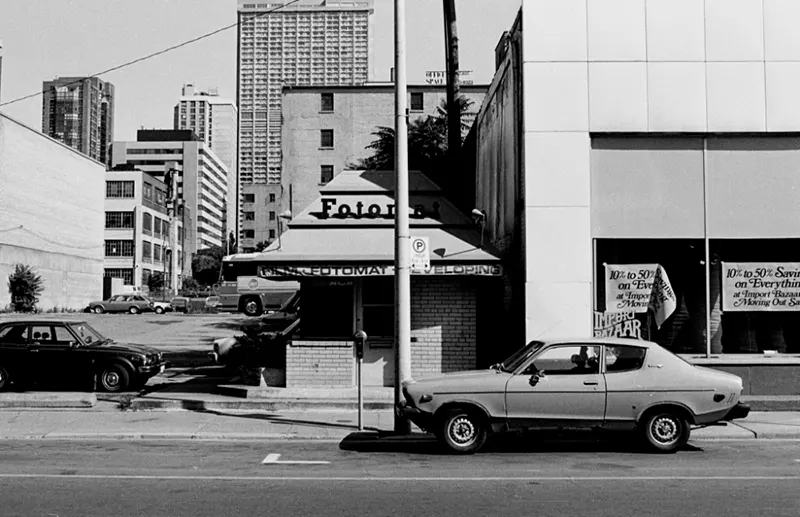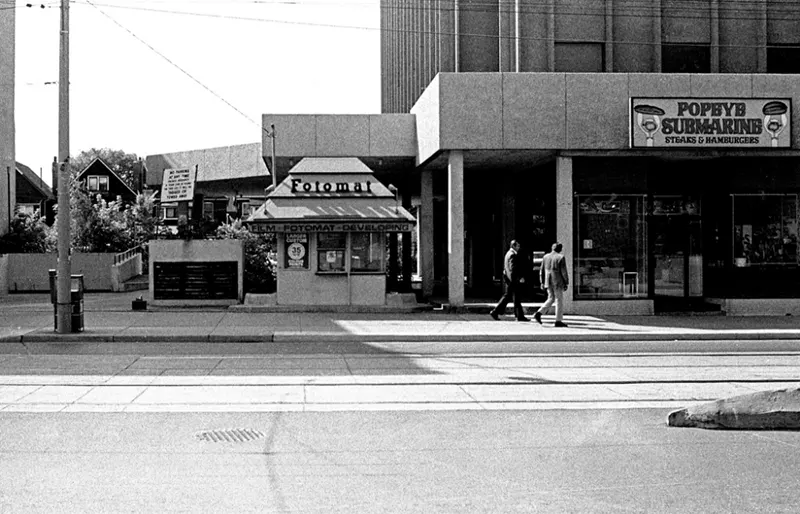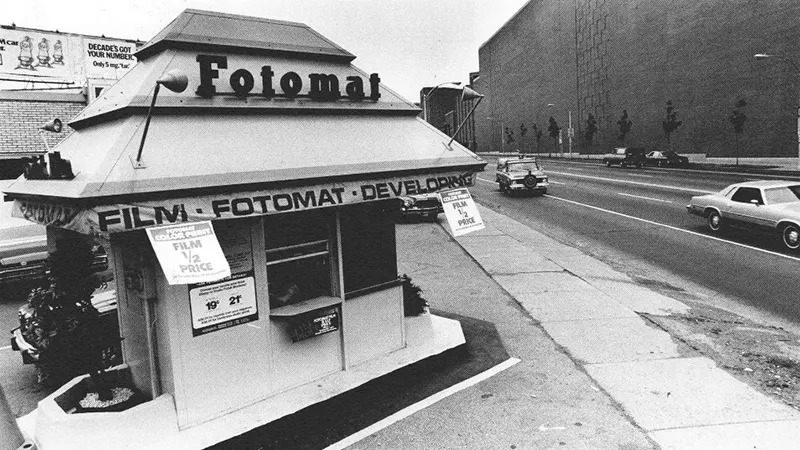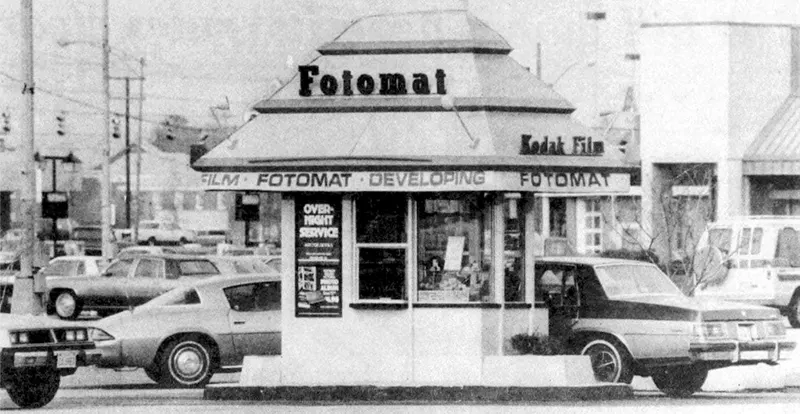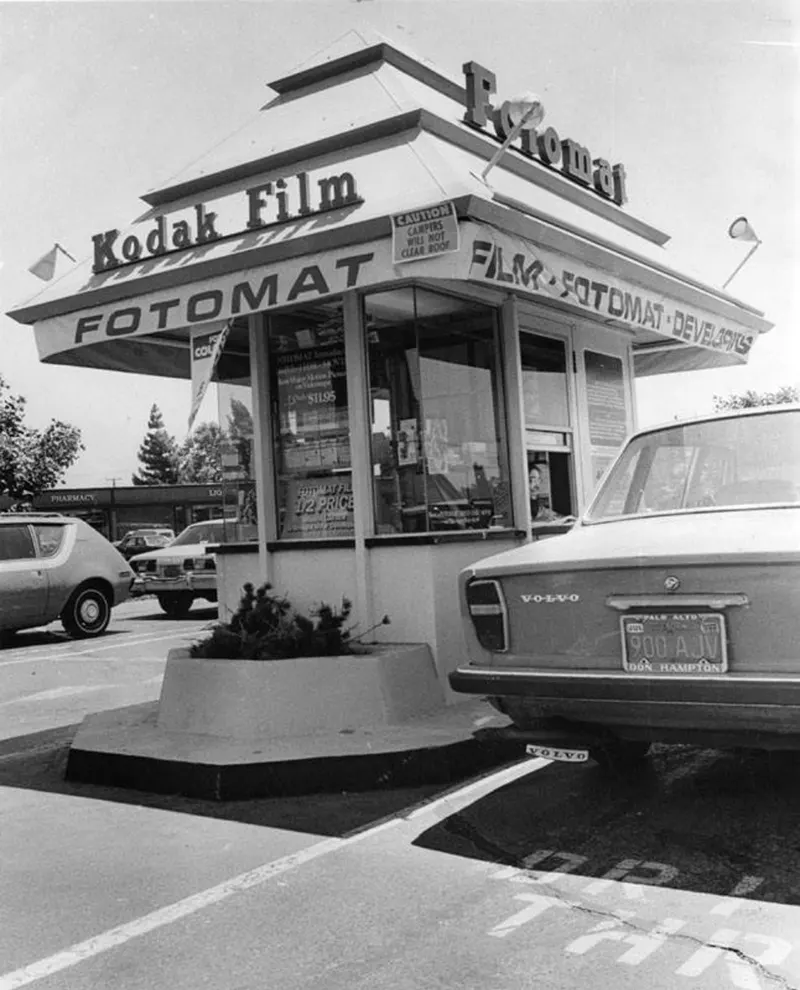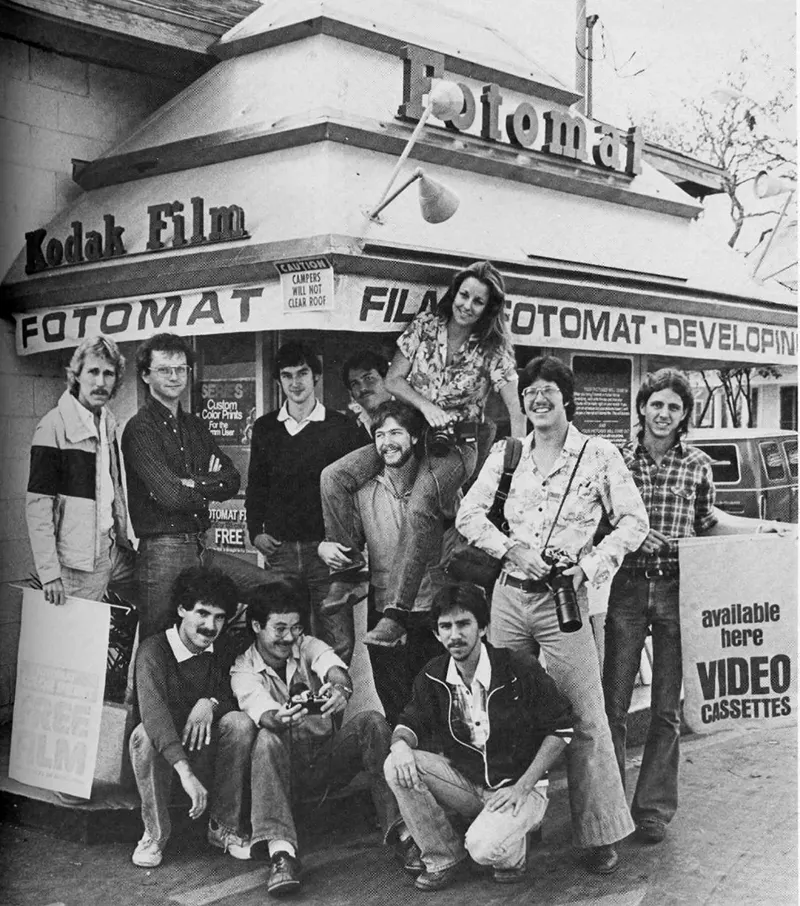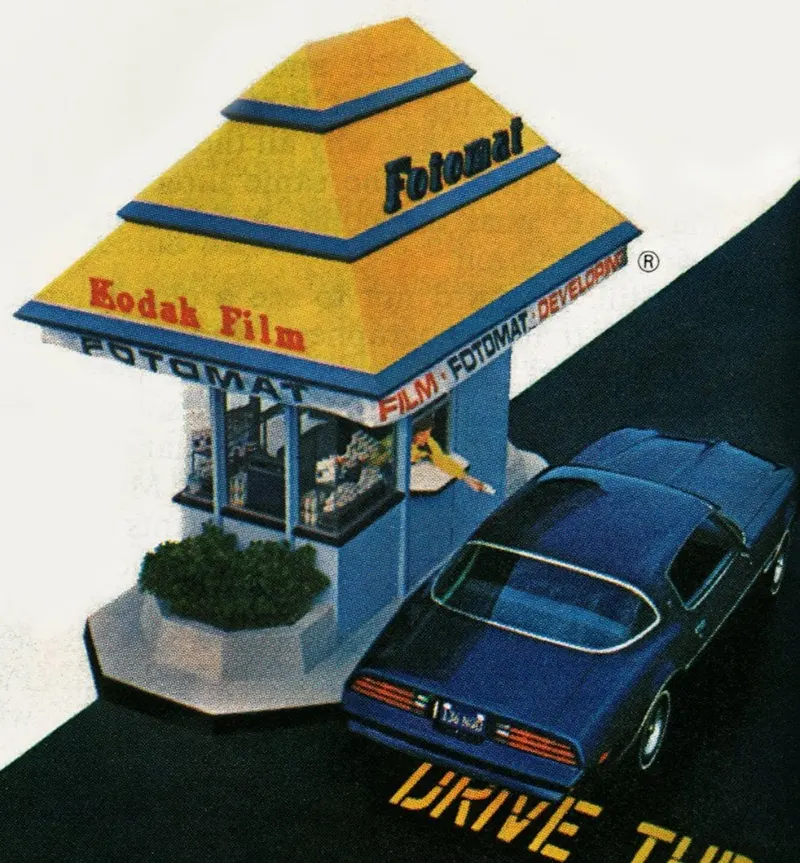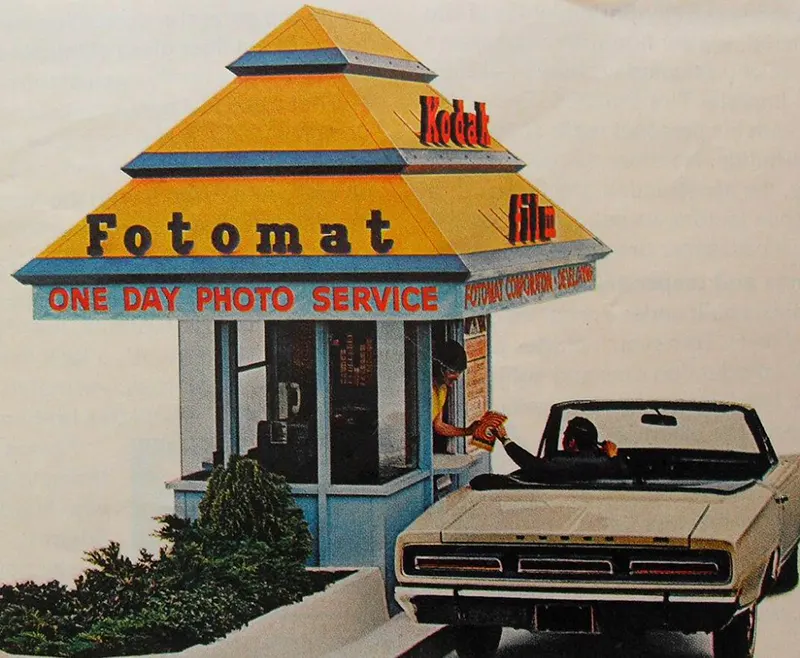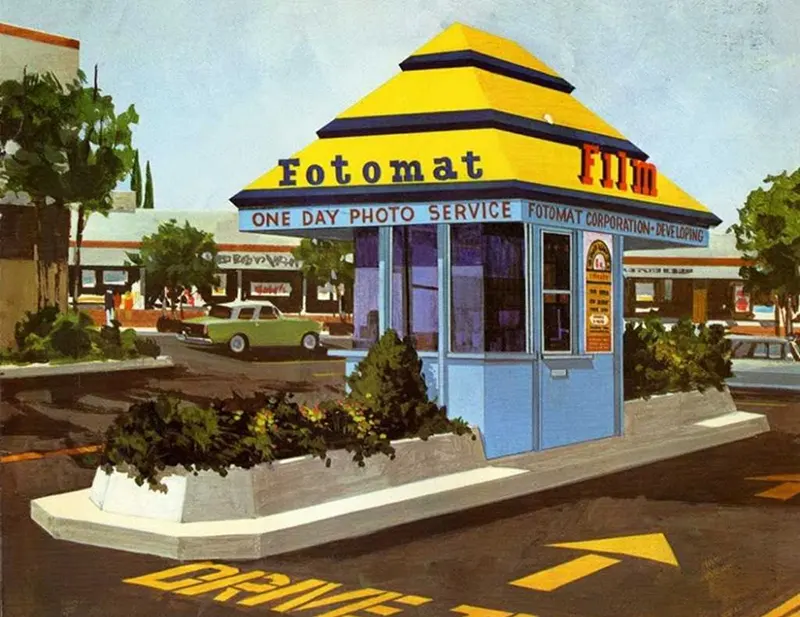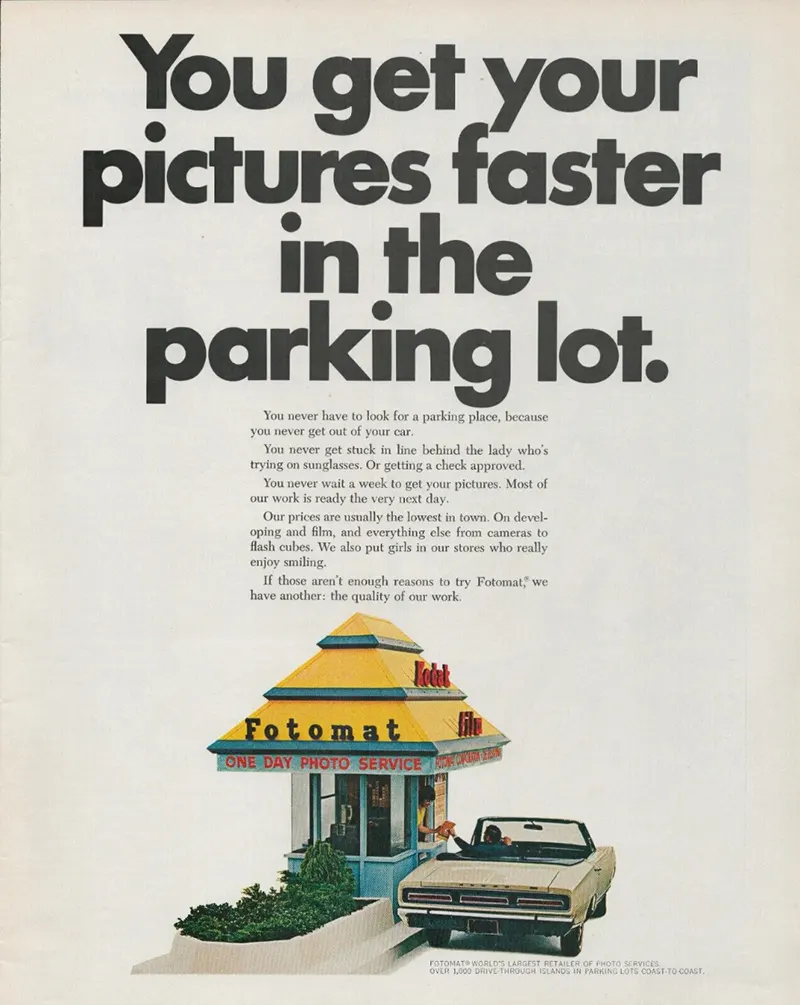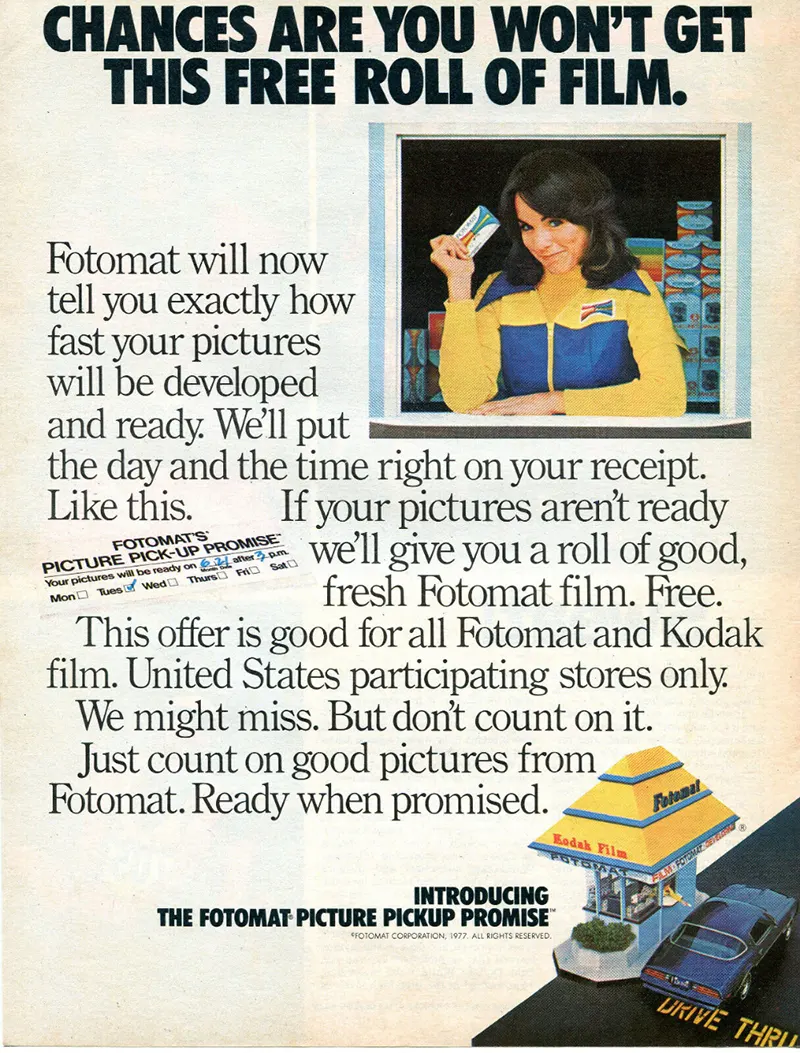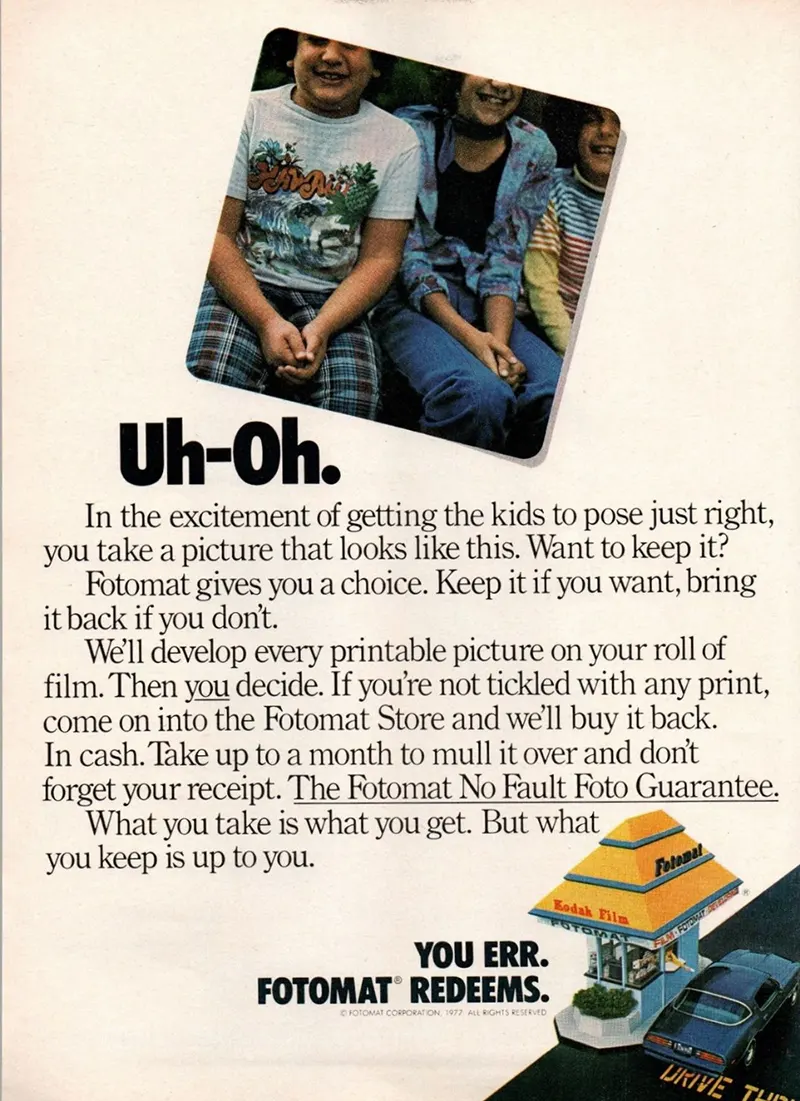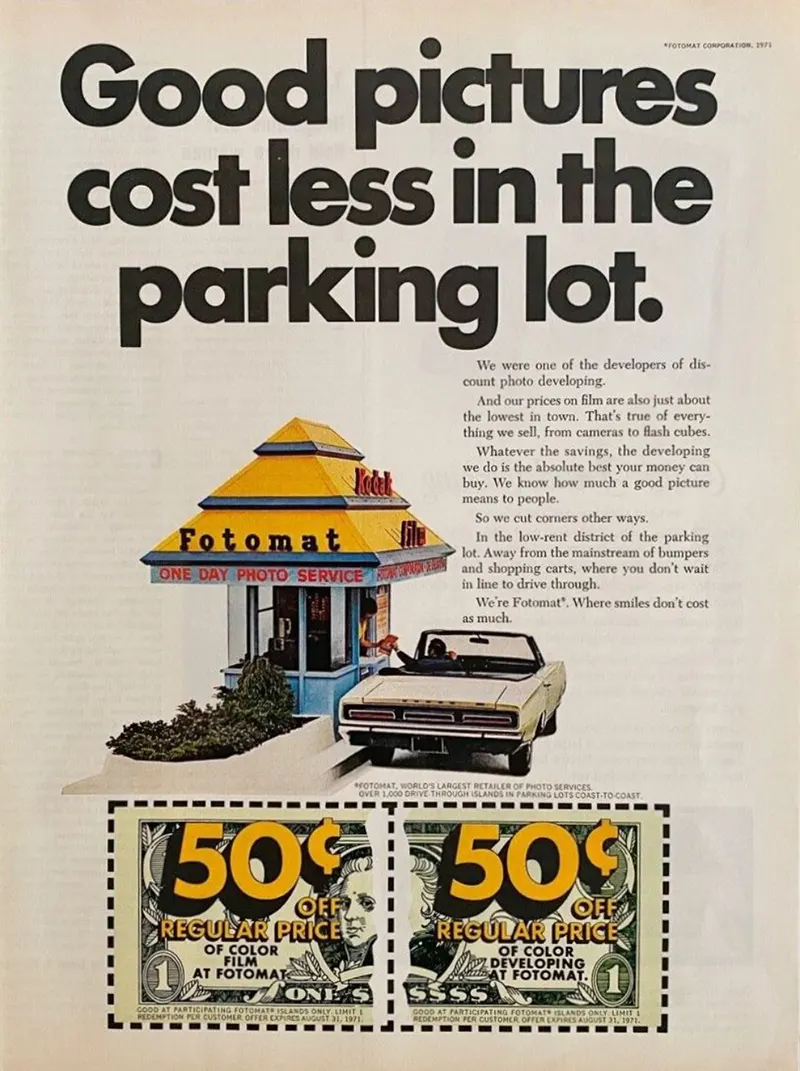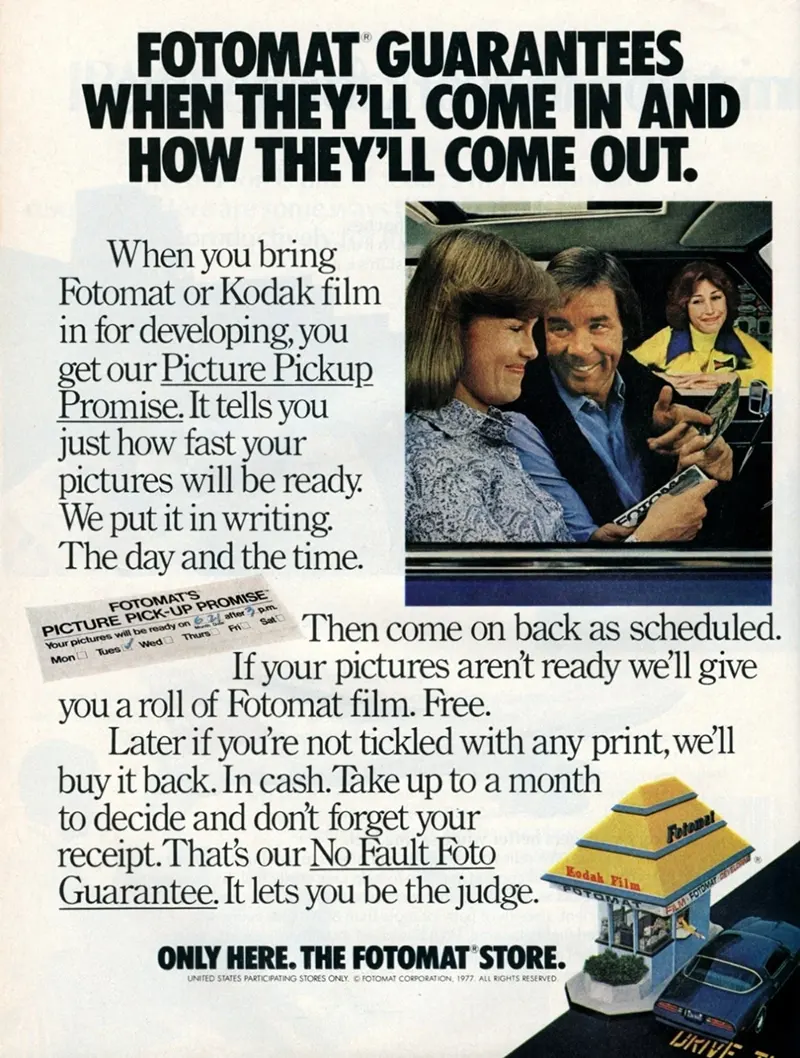In today’s world of instant digital images, it’s easy to forget the simple thrill that came with developing photos in the late 20th century. Long before the era of smartphones and digital cameras, photography was a matter of patience and anticipation, particularly during the 1980s, when drive-through photo processing booths became a cultural phenomenon across America
The Advent of Drive-Through Photo Processing
The 1980s were a hallmark era of convenience and rapid technological advancement. Amidst the fast-paced growth, society was enthralled by the idea of getting things done efficiently and, more importantly, without leaving their vehicles. This cultural shift paved the way for a concept that would marry America’s love affair with cars and the growing hobby of photography: drive-through photo processing booths.
These structures popped up in shopping center parking lots and street corners, offering a quick and easy way for amateur and professional photographers alike to drop off their film rolls. Customers could stay in their cars, hand over their undeveloped film, and return in a matter of hours to collect their memories immortalized in glossy or matte prints.
The Functionality of the Booths
The charm of the drive-through photo booths lay in their simplicity. These were not the large, complex establishments of later photo studios but compact, simple kiosks. Typically, a customer would pull up and be greeted by an attendant enclosed in a tiny, booth-like structure, barely larger than a small toll booth.
After completing a quick form, detailing specific preferences (such as the finish, number of prints, or the inclusion of negatives), the film roll would be left in the skilled hands of the photo technicians. The magic happened behind the scenes, where the rolls were developed, printed, and cut, ready for the customer to collect and pour over, reliving their captured moments.
The Appeal and Downfall
The allure of these photo booths was undoubtedly their convenience. The drive-through aspect eliminated the need to park, venture into a store, and endure lengthy face-to-face interactions. For a society increasingly on-the-go, these booths were a perfect complement, saving time without compromising on the quality of service.
However, with the dawn of the digital age in the late 1990s and early 2000s, the need for such services drastically declined. Digital photography offered the same instant gratification but without the need for a physical printout. As these technological advancements continued to surge, the demand for traditional photo processing, and by extension, the once-ubiquitous drive-through booths, waned.


